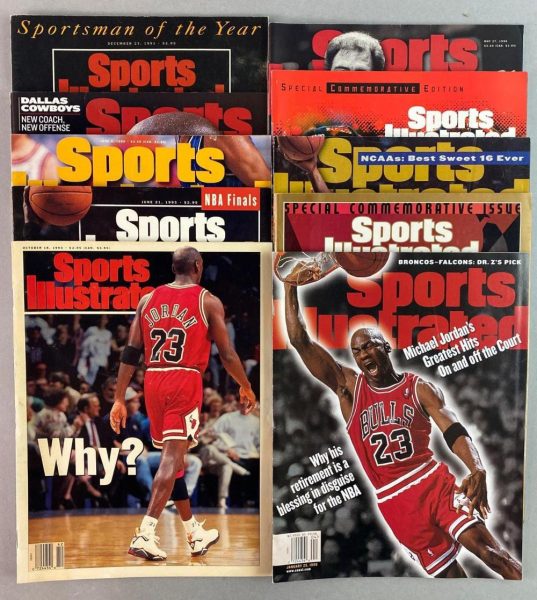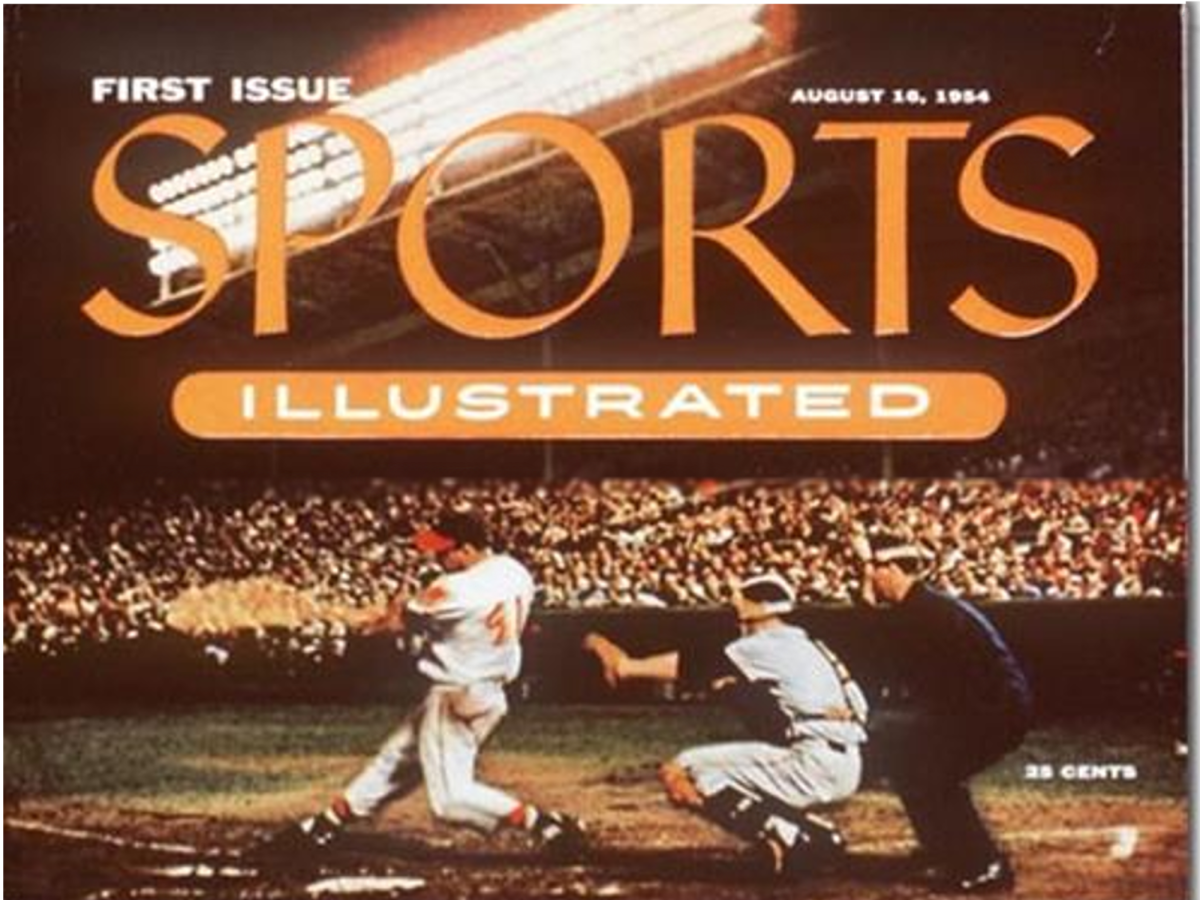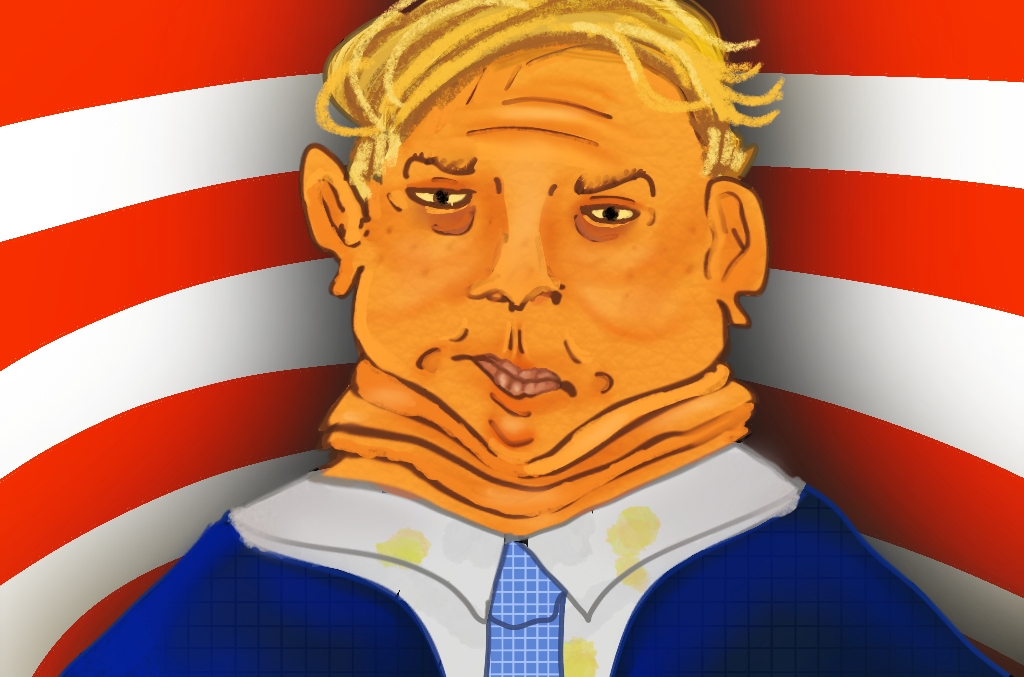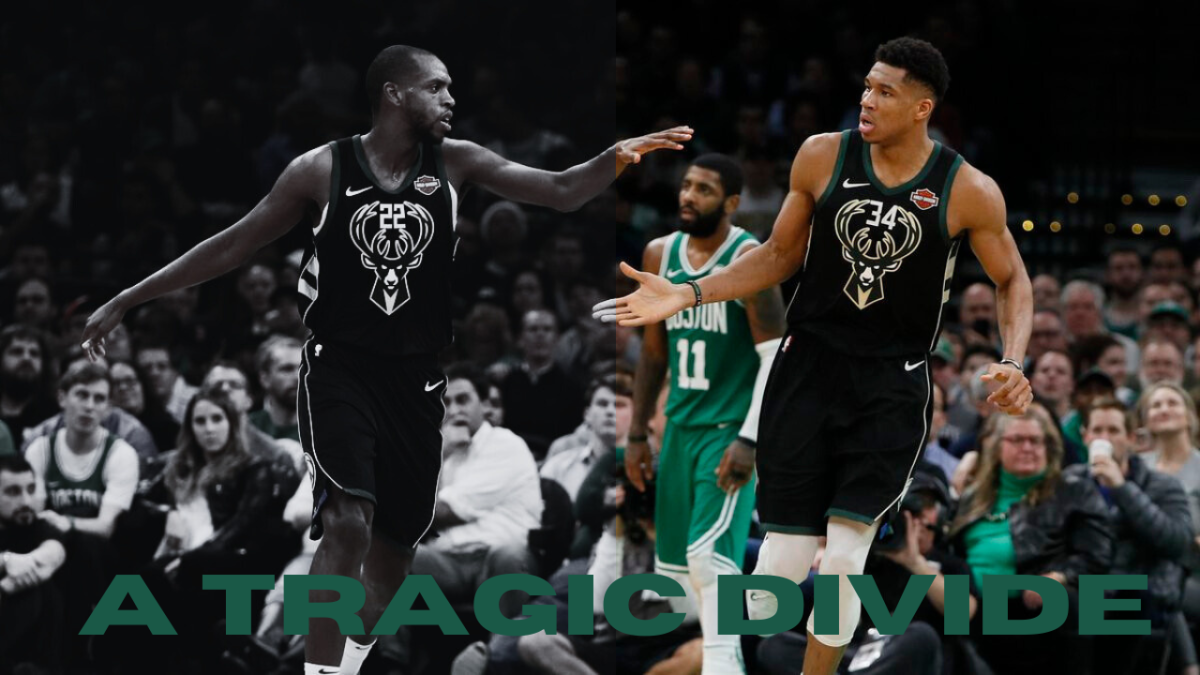In 1954, Time patriarch Henry Luce, revolutionized the magazine, “Sports Illustrated”. This magazine featured articles about the decade’s upper-class activities such as polo, yachting and safaris. However, the articles were not aimed towards sports fans, and this magazine would not turn a profit for 12 years. In 1966, Andre Laguerre took over as managing editor and improved “Sports Illustrated” financially and structurally. Laguerre encouraged the implementation of colored pictures of weekly games, using systems of editors and providing a distinctive “bonus piece” at the end of each issue, which drastically boosted the popularity of the magazine. Magazine cover releases, alongside several other rates, continued to increase with sales peaking in the 2000s.
As shown from Sports Illustrated Vault, a database for all “Sports Illustrated” information, the number of times Michael Jordan appeared on the cover of “Sports Illustrated” reached a staggering 92, and the number of times Muhammad Ali appeared comes in a close second with 48. The quantity of famous players that starred in cover photos and issues exceed those of the lesser-known players, thus common players remain forgotten in the whirlwind of news.

“I read just about every issue when I was in middle and high school. The focus was college and professional athletes and coaches. I don’t remember many lesser-known players unless the team was highlighted as a whole,” NC varsity basketball coach Terry Gorsuch said.
By featuring only famous players, common players remain unacknowledged by fans and companies for their achievements. “Sports Illustrated” needs to change their focus from an abundance of articles on famous players to an increasing amount of articles on lesser-known players to even the playing field. With exposure to lesser-known players, the whole team can receive acknowledgement for their exceptional work on the field.
However, sports spectators deem common players unimportant, when they deserve recognition as the other players do. Famous players possess increasing popularity and companies wish to make money off selling their magazines by basing them off famous players. This can leave miniscule room for expressing the achievements of common players, like Michael Jordan’s teammates.
“Almost all the “Sports Illustrated” magazines I read focused on famous players. I always liked the Faces in the Crowd feature however, as it profiled upcoming or lesser known athletes. But I think the main focus was always about major sports with the most popular interest,” NC baseball coach Tom Callahan said.
Undersized articles such as Faces in the Crowd contain insufficient information to highlight the important achievements of these players. A simple profiling cannot provide enough information and data for spectators to understand why a player chooses a decision on or off the field. However, Michael Jordan’s achievements produced documents and articles of several perspectives and allowed readers to understand the full depth of his decisions.
“Sports Illustrated” magazines should provide the same coverage for rising stars and popular players to keep companies informed on the next big players. These improvements can bring seemingly miniscule achievements into light and mix variety into the magazines so that readers can expand their horizons to a plethora of players compared to limiting themselves to information on popular stars. “Sports Illustrated” should include common players in articles, as they also deserve credit for their exceedingly high efforts in their profession.










